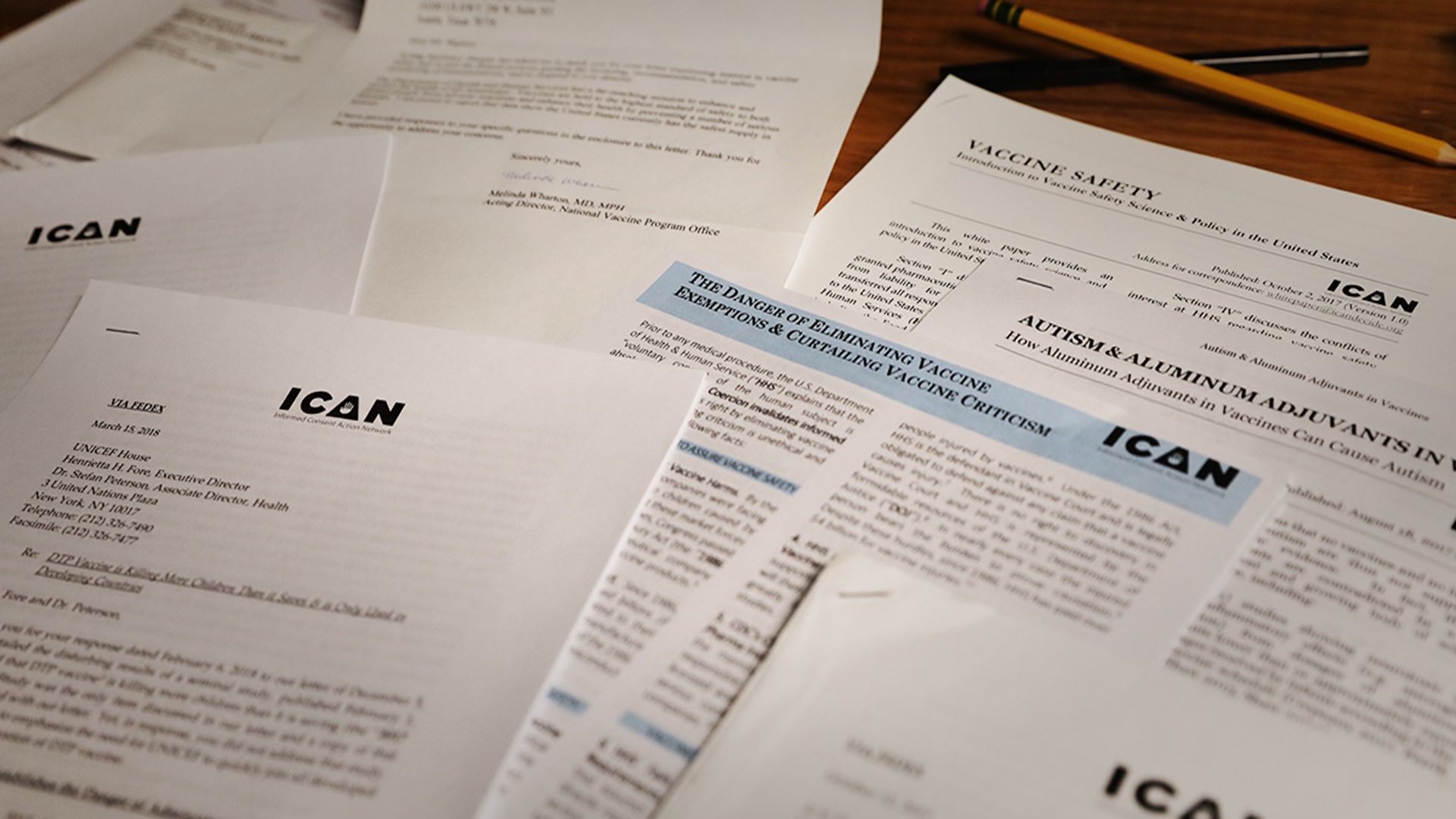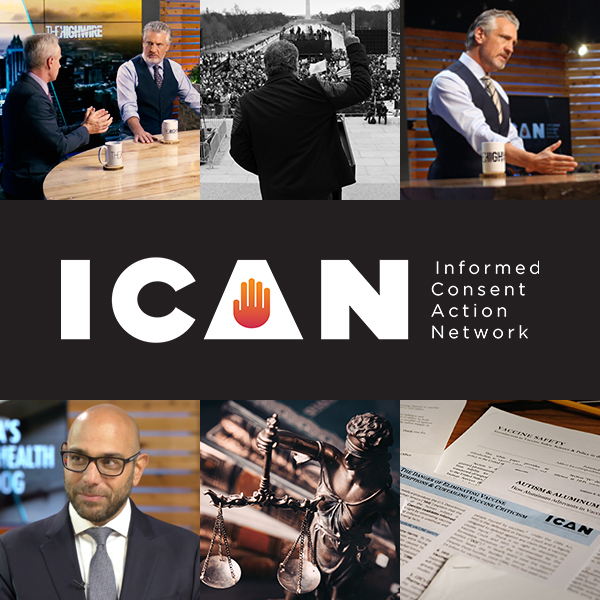Share this:

ICAN IMPLORES THE AHRQ TO PRODUCE AN OBJECTIVE REPORT REGARDING VACCINE SAFETY, POINTING TO THE NUMEROUS CRITICAL FLAWS IN ITS FORMER REVIEW
ICAN submitted a letter to the AHRQ in advance of its 2020 vaccine safety review highlighting the flaws in previous reviews and requesting that the AHRQ conduct an adequate and unbiased review.
In May 2020, ICAN learned of the opportunity to submit supplementary evidence and data
about a project titled Safety of Vaccines Used for Routine Immunization in the United States (the “2020 Review”). ICAN requested from the Agency for Healthcare Research and Quality (“AHRQ”) additional time to prepare and provide a useful submission. That request was granted for ICAN and other interested parties.
On May 22, 2020, ICAN made a submission pursuant to the request in 85 FR 21855 regarding a review of vaccine safety that was to be conducted by AHRQ. ICAN attached to its submission the recent letter exchange with the United States Department of Health & Human Services (“HHS”) regarding vaccine safety which directly addressed the “Key Questions” for the 2020 Review. AHRQ should have already been familiar with this letter exchange since AHRQ was one of the agencies required to sign-off on the response to ICAN from HHS. The letter exchange makes clear the many serious gaps and limitations in the scientific literature supporting vaccine safety and the science which gives cause for grave concern. ICAN requested that AHRQ approach the task with the objectivity and the gravity it deserved.
The submission to AHRQ also revisited AHRQ’s previous review of vaccine safety in 2014. As with the 2020 Review, that review was also entitled Safety of Vaccines Used for Routine Immunizations in the United States (the “2014 Review”). HHS describes this review as “the most comprehensive review” of the published literature on vaccine safety. If this is true, it should cause grave concern within HHS, AHRQ, and the public regarding vaccine safety. The 2014 Review only looked at certain narrow pre-selected vaccine-injury pairs. This narrow approach does not and cannot reveal the actual safety profile of the vaccines on the childhood vaccine schedule. After AHRQ assumed safety and narrowed the review to certain vaccine-injury pairs, the review then eliminated almost all studies showing that vaccines cause harm by excluding 20,312 of the 20,478 studies it identified as related or potentially related to vaccine safety. The handful of studies that AHRQ did include for review were overwhelmingly studies in which a pharmaceutical company funded and/or authored (usually both) a review of its own vaccine. The result is that the 2014 Review included only 97 studies that are applicable to children, 77 of which were directly funded and/or authored (typically both) by the very vaccine manufacturer whose vaccine(s) the study reviews. As for the remaining 20 studies, almost all were funded and/or authored by agencies and/or individuals that directly or indirectly receive funding from the manufacturer whose vaccine(s) the study reviews.
After limiting the review of vaccine safety for children to 97 studies, AHRQ then claimed in 2014 that 59 of these studies compared “vaccinated versus unvaccinated children or adolescents.” The following is a break-down of these 59 studies by vaccine type: Rotavirus (34 studies), HPV (13 studies), Influenza (6 studies), Hib (3 studies), Meningococcal (2 studies), and Varicella (1 study). ICAN commended AHRQ for making clear it understands there is a critical importance of comparing vaccinated and unvaccinated children to scientifically evaluate and understand vaccine safety, however ICAN explained that it is unfortunate that AHRQ mislabeled these studies as comparing “vaccinated versus unvaccinated children or adolescents” when the unvaccinated cohort is not unvaccinated. Little comfort should be derived from the fact that the rate of serious adverse events is the same in an experimental vaccine test group and a control group receiving another vaccine or toxic substance, especially when that rate is higher than what would be expected in the general population.
Unfortunately, the predetermined objective of the 2014 Review, as its introduction makes clear, was about assuring high vaccine uptake. Indeed, the review begins by bemoaning that “vaccination rates remain well below established Healthy People 2020 targets for many vaccines” and that “Increasing vaccination rates remains critically important.” AHRQ even laments in its review that “public concerns about vaccine safety continue to persist” despite “the rigorous processes new vaccines must undergo before receiving approval” and that they meet “stringent criteria for safety.” AHRQ’s predetermined objective and conclusion was thus made clear from the outset of its 2014 Review.
ICAN highlighted these concerns with hopes that AHRQ’s 2020 Review would be conducted differently. ICAN asked that the issues with the 2014 Review were not repeated with the 2020 Review. Instead, ICAN implored AHRQ to seriously approach the weighty task of producing an objective report regarding vaccine safety. ICAN’s submission reminds AHRQ that chronic health issues have grown precipitously among children in the United States along with the increase in the childhood vaccine schedule during the last thirty years. Absent studies reflecting that this is merely a spurious correlation, with no causal relationship, AHRQ cannot and should not reach a conclusion that the childhood vaccine schedule, or any vaccine thereon, is safe. Rather, ICAN argues that it must admit it does not know so that the real science to assure the safety of the nearly seventy doses of vaccines now given to children is not a contributing factor to the frightening increase in childhood chronic diseases among children in the United States.
